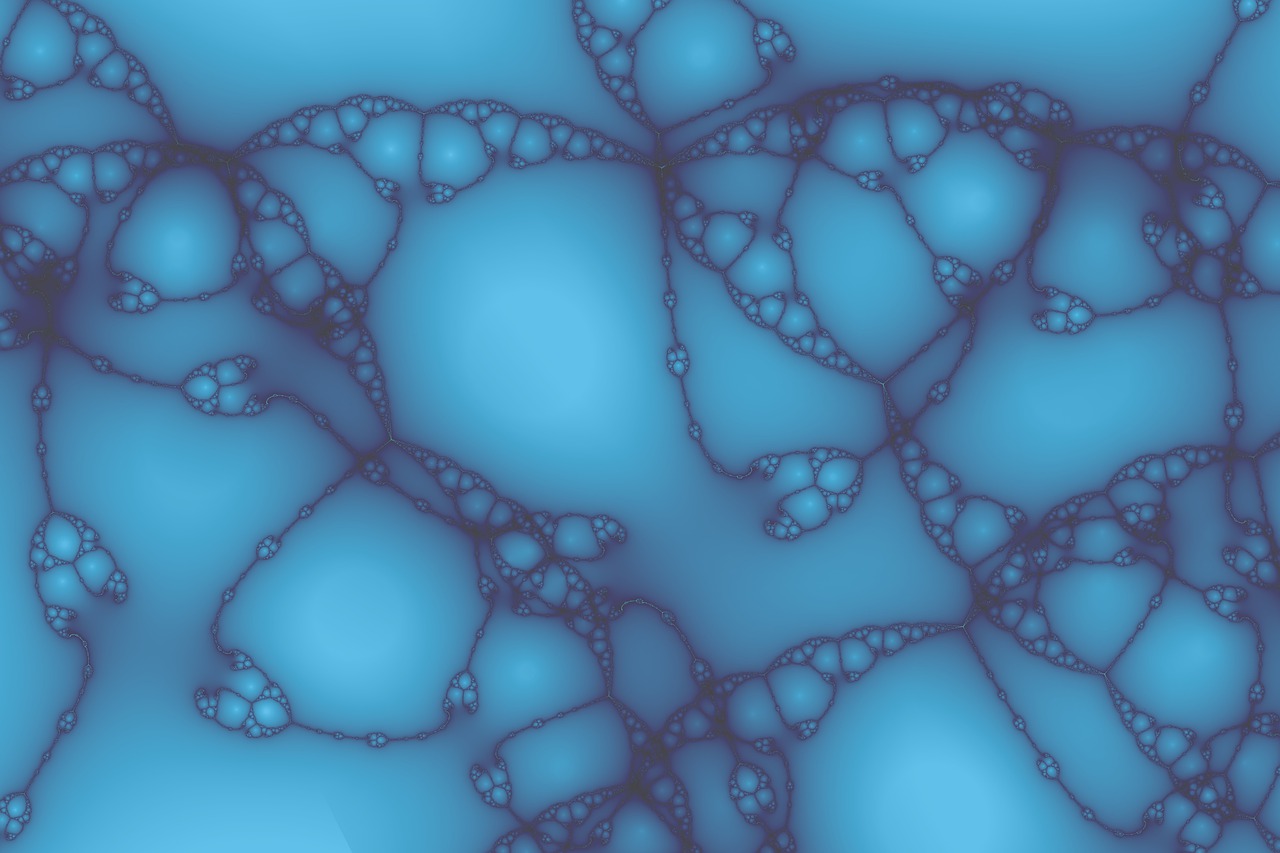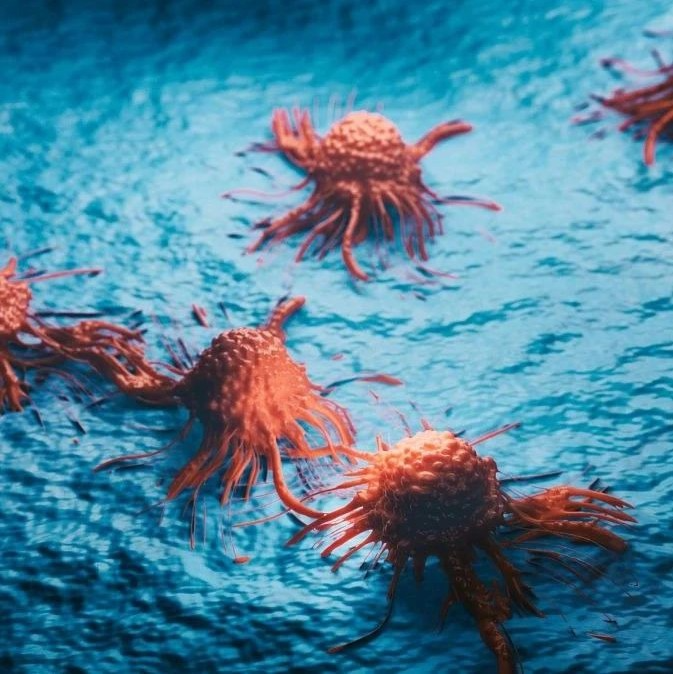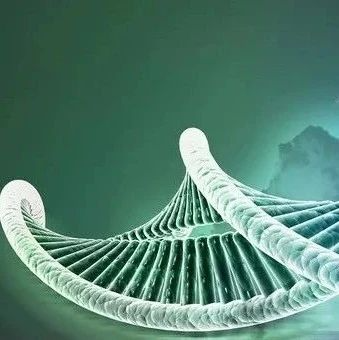在植物-植食性昆虫-天敌系统中,化学信号被认为是最有效、最广泛的通讯媒介。蚜虫在遭遇天敌或外界干扰后将,会对同种其他个体产生报警反应,使其迅速逃离现场。这种经长期进化的利他信息素,在既无化学武器也没有肢体结构武器的情况下,可以说是维持生存的必要条件。
中科院动物研究所戈峰研究组以小麦主要害虫――麦长管蚜为研究对象,模拟了分析了未来加倍的大气CO2浓度升高条件下,麦蚜种群和个体对蚜虫报警激素的响应作用。结果表明,在正常CO2浓度环境中,报警激素对麦蚜的种群数量有显著的抑制作用。但在高CO2浓度环境中,无论暴露于低频率警激素还是高频率警激素环境中,麦蚜的种群密度及其有翅蚜比例均不会发生改变,麦蚜种群对报警激素的胁迫作用并不敏感。产生这一现象的主要原因是麦蚜体内乙酰胆碱酯酶活性的降低。
研究结果显示,在未来大气CO2浓度升高的情况下,麦蚜对报警激素的响应能力下降,也即对外界环境胁迫的反应能力降低。
以上研究发表在国际生态学期刊Agriculture, Ecosystems " Environment上。该文第一作者孙玉诚为动物所种群生态与全球变化研究组助理研究员,通讯作者为戈峰研究员。该研究工作得到了国家重大基础研究计划(973)、中国科学院知识创新工程重要方向项目和基金委创新研究群体项目的资助。
推荐原文出处:
Agriculture, Ecosystems " Environment doi:10.1016/j.agee.2009.09.011
Elevated CO2 reduces the response of Sitobion avenae (Homoptera: Aphididae) to alarm pheromone
YUCHENG SUN (1) ; JIANWEI SU (1) ; FENG GE (1) ;
(1) State Key Laboratory of Integrated Management of Pest and Rodents, Institute of Zoology, Chinese Academy of Sciences, Beijing 100101, CHINE
The aphid alarm pheromone (E)-β-farnesene (EβF) is an efficient signal that warns aphids of attack by natural enemies. In this field study, eight open-top chambers (OTCs) located in Beijing, China (40° 11'N, 116° 24'E) with spring wheat Triticum aestivum were used to examine the response of the grain aphid Sitobion avenae to CO2 (ambient vs. double ambient) and EβF (applied zero, two, or five times each day). We experimentally tested the hypotheses that, depending on frequency of EβF release, elevated CO2 reduces the response (in terms of population density) of S. avenae to EβF, and that lower activity of acetylcholinesterase (AChE) in S. avenae may be involved in its reduced sensitivity to EβF under elevated CO2. Numbers of S. avenae declined with increased frequency of EβF application under ambient CO2 but were unaffected by EβF application under elevated CO2. Additionally, the mean relative growth rate (MRGR) and the dry material and amino acid content of S. avenae increased with elevated CO2 but declined when with EβF application. Activities of superoxide dismutase and catalase were higher in S. avenae under elevated vs. ambient CO2. Under elevated CO2, however, AChE activity remained low when S. avenae was exposed to the lower EβF frequency, while the highest AChE activity occurred in aphids exposed to the higher EβF frequency. These results indicate that aphids become insensitive to EβF under elevated CO2, perhaps because of decreased AChE activity.







